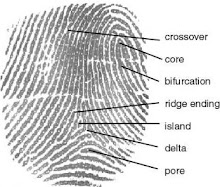Myth (Coupe 1997, Doty 2000) and ritual have been consistently used as paradigms to analyze the use of cultural storytelling. Theories of intertextuality (Kristeva 1980) and narrative identity (Ricoeur 1988) assist in the development of a more cogent theory of myth.
Elizabeth Bird is critical of “universalising” text-bound approaches to myth. She argues for an anthropological understanding of myth “more as process than text and as a joint product of storyteller and audience.” (2003). Bird argues the need for multi-site ethnographic audience studies, which would attempt to conceptualise and understand the emergence of broad intertextual “mediascapes”. However she also argues that more traditional text-based studies can play a part in this project if they pursue a “thick” description, which looks towards the place of the text in everyday life.
While Barthes’ (1972) ideological perspective on myth is an instructive counterpoint, as Coupe (1997) has pointed out, though witty and original, his essential point: that bourgeois ideology sets itself up – through a range of cultural forms – as natural rather than constructed, is impressively made but is ultimately a form of “demythologisation propounding its own myth of mythlessness” (Coupe 1997). The collapse of myth into ideology not only forecloses any sense of dynamism that the concept might hold but also forecloses on the very term itself as a viable independent analytic concept.
In his exhaustive study of different approaches to myth in fields as diverse as anthropology, theology, literary studies and cultural studies, Doty warns that “myth is a term with no singular historical usage; (2000). He argues for a “complex field definition” or a “definitional matrix” that “recognizes mythic multidimensionality in both origination and application” (2000).
Subscribe to:
Post Comments (Atom)

No comments:
Post a Comment